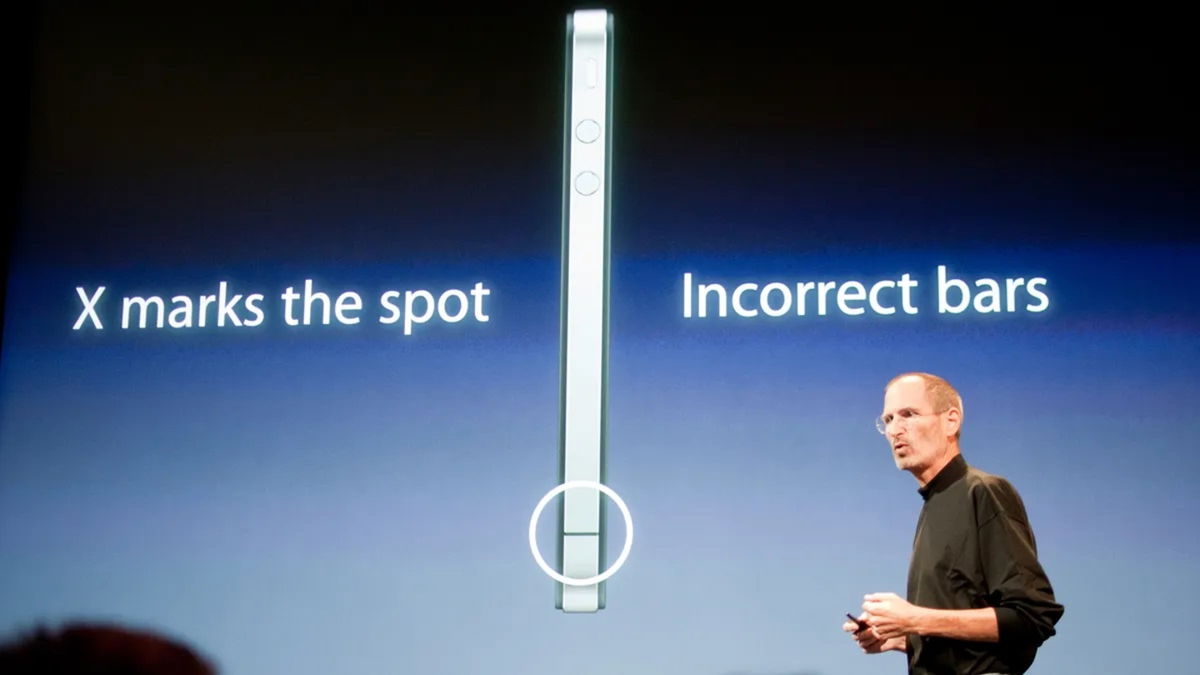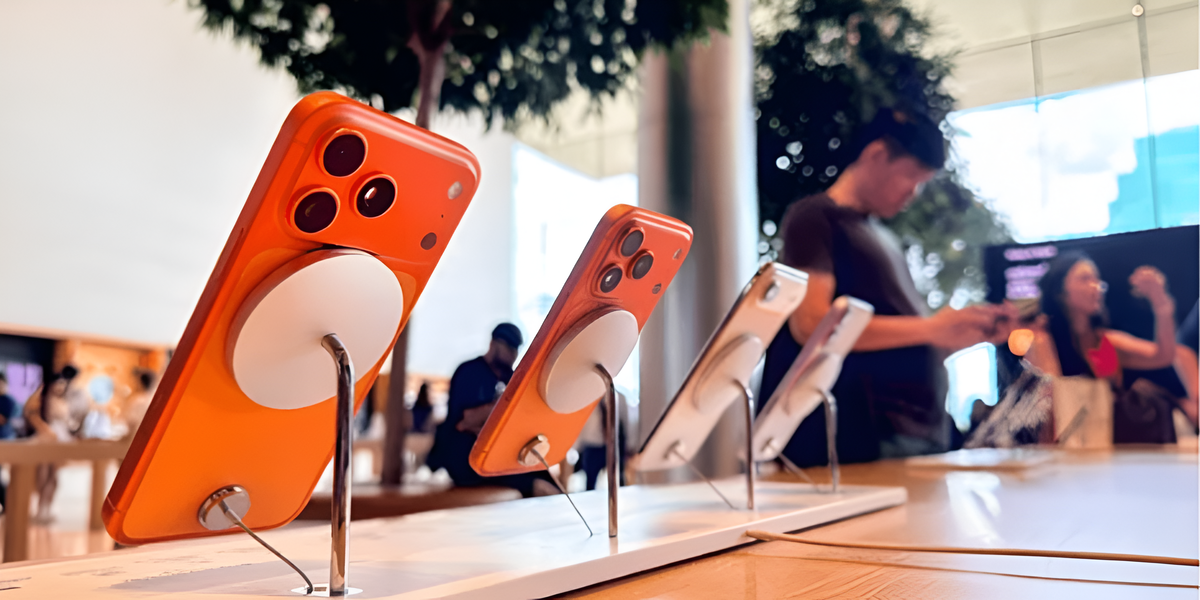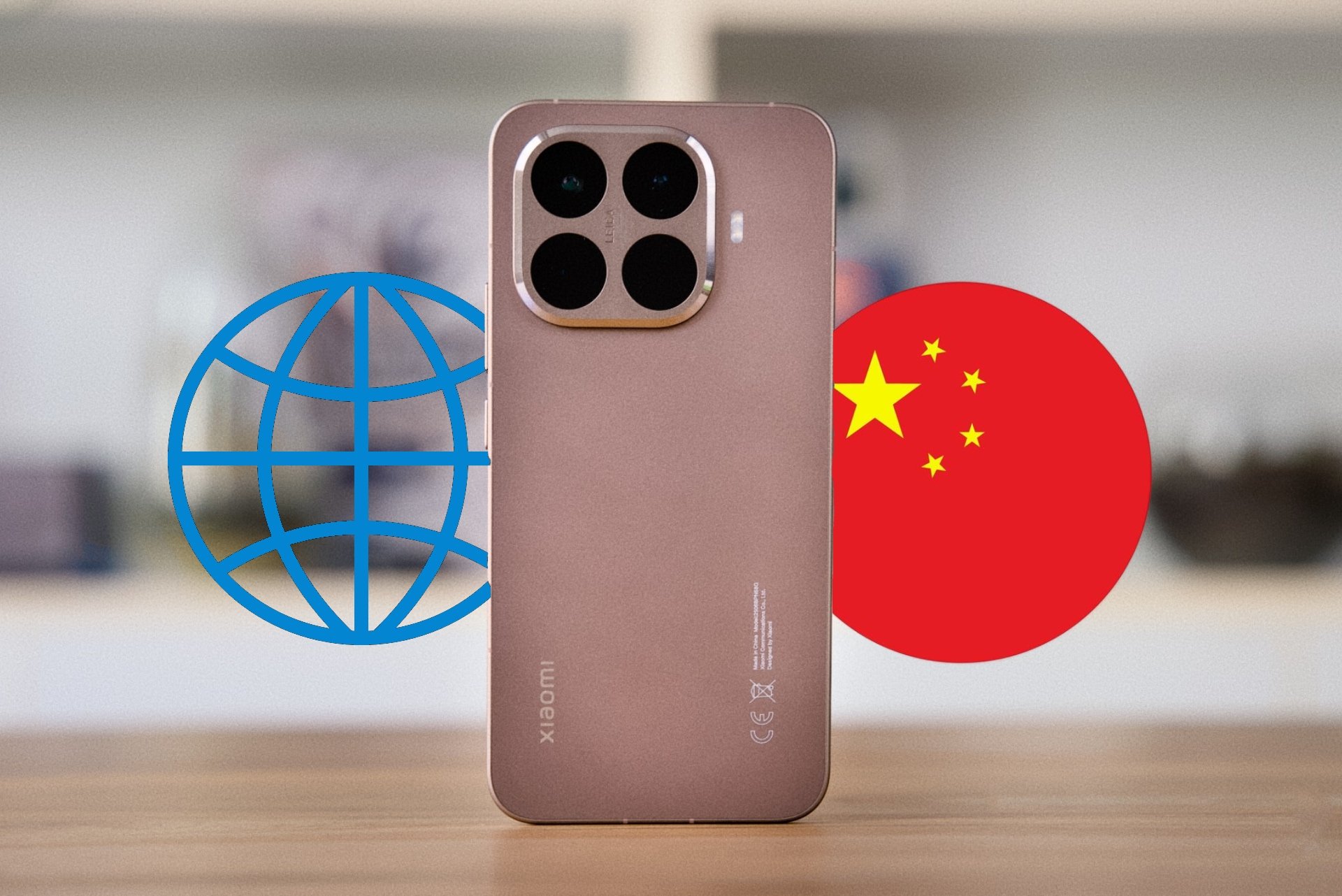The main reason why we are deleting the app For get more space on android. As long as there is enough space, this does not concern us. install apps and games, download videos and music or take photos like there’s no tomorrow. But when android storage ends, tap uninstall apps.
Google knows this and has fixed it. called self-archive or autoarchive, autoarchive in English. And it’s very similar to what the iPhone does when it runs out of space: uninstall apps which you are not using and saves the icon for reinstallation. The process is automatic so you don’t have to do anything.
Until now, when your device almost complete and you are about to install a new app, Android displays a message asking you to uninstall certain apps in order to free up space on android for new apps What are you going to install? But Google wants to make this process more bearable.

Free up to 60% space on Android
A new feature announced by Google on its Android Developer Blog will please those who use available space on their mobile devices. One of the reasons is that it promises to release up to 60% place for applications. Without touching user data and without deleting the application. At least not at all.
Function autoarchive or archive apps consists precisely in this. Earn space on Android by getting rid of apps. And by archiving we mean leave a link to the original app, but delete it from your phone. When you have space, you will install it again. But you may not want to do this, as it involves uninstalling apps you don’t normally use. The ones you once installed and which you may have opened a couple of times. Come on, you won’t miss them. Although data generated by the application will be stored. If you decide to reinstall the app.
The App Archive and its Apple equivalent today are based on this. almost everyone has internet access. Either via Wi-Fi or via 4G or 5G mobile data, download applications this is a process of several minutes. An action that does not take long, is easy to perform and does not cause headaches, as it was with computers before the advent of ADSL or fiber optics. Eventually. Bye Android space is limitedInternet access is practically unlimited.

Requirements for using Application Archive
The first requirement for using the application archiving feature is obvious: applications must be available on Google Play. So Android has access to them on Google’s servers. When they disappear from Google Play, it will be impossible to return them.
On the other side, autoarchive it is only available for apps in the App Bundle format that support archiving. At first there will be few of them, but gradually the developers will activate this option in order to free up space on android for you.
Otherwise, in principle, this function is available for the most recent versions of Android, those that can use google play store, the official app store. It remains to be seen if the feature has fine print beyond what Google explained in its statement. And when will we have access to this function.
How app archiving works
As we saw earlier, the operation autoarchive looks like this: let’s say you want to install a new app from Google Play and your device not enough space on android. At this time, a message will appear asking if you want to enable app archiving for free space.
You can say no by clicking on No thanks or activate it by clicking on Activate or similar. At the moment, the official screenshots indicate the options in English. no thanks And include. The rest of the process does not require our intervention. Android will detect when more space is needed and find it. deleting unused applications.
After activating the features, the apps that you have used the least on your device will be automatically archived. In a few minutes you will see how free space has increased significantly. And doing nothing. A feature that Android developers and users can take advantage of.
Source: Hiper Textual
I’m Ben Stock, a highly experienced and passionate journalist with a career in the news industry spanning more than 10 years. I specialize in writing content for websites, including researching and interviewing sources to produce engaging articles. My current role is as an author at Gadget Onus, where I mainly cover the mobile section.













